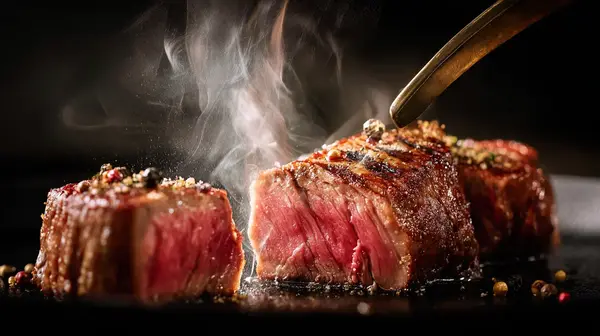
The Science of Searing: Why Pan Material and Heat Source Matter
Learn how to sear steak like a pro. Discover the best pans for searing, how long to sear meat, and the difference between cast iron and stainless steel cookware for perfect results.
Open Now Closed Today Closed Now

Learn how to sear steak like a pro. Discover the best pans for searing, how long to sear meat, and the difference between cast iron and stainless steel cookware for perfect results.
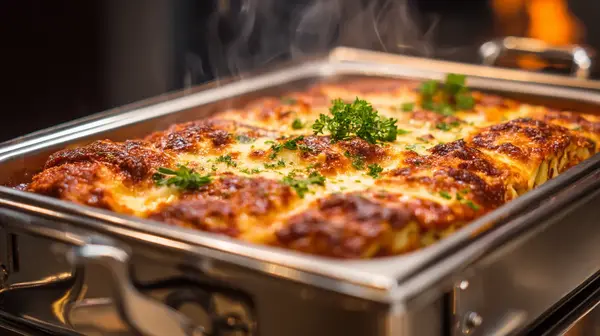
Learn how to make restaurant-style lasagna for a crowd with this easy, large-batch recipe—perfect for catering events, buffets, and banquet service.
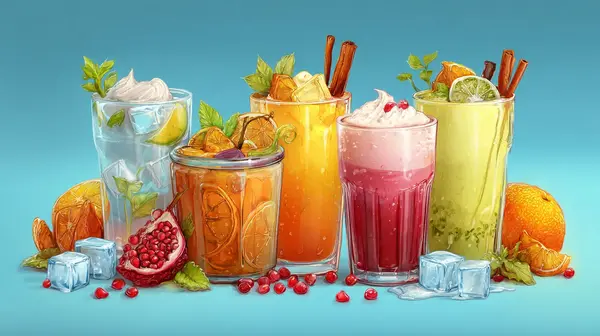
Bring warmth and excitement to your café this season with cozy fall and winter coffee drinks that delight guests, boost sales, and keep your menu fresh and festive.
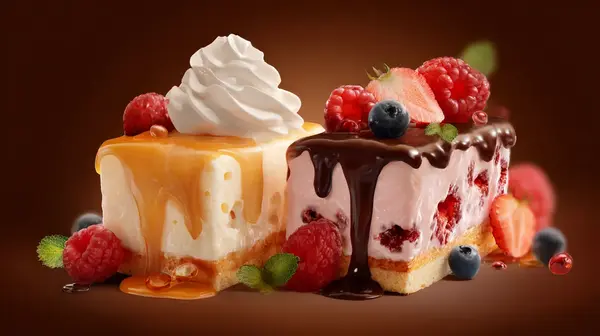
Learn how to create irresistible sheet pan desserts for a crowd with smart scaling techniques, make-ahead recipes, and the right commercial baking equipment.
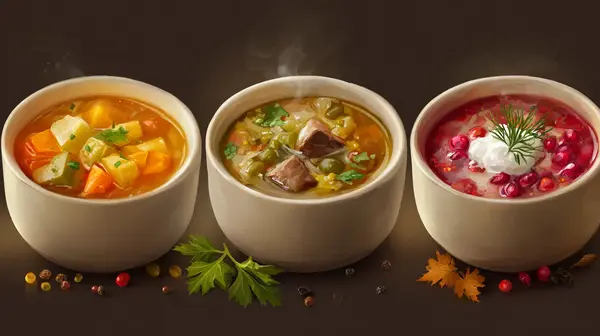
This quick comparison highlights the key differences between soup and stew in terms of liquid ratio, cooking time, texture, and serving style.

Opening a successful bakery requires investment in quality baking equipment. Learn about professional bakery equipment you need: bakery ovens, dough prep equipment & more.

This comprehensive buying guide will help you choose an oven that is right for your business. We will discuss the different types of ovens and the factors to consider when buying an oven.

Starting an ice cream store is no doubt a treat, but the task of outfitting it with the proper machines and tools can give you brain freeze.

The difference between shared and private kitchen spaces, the associated costs, and other services you get with a commissary kitchen.

From the back of the house to the front, your equipment should cater to the specific processes and the unique demands of your menu and operation. To help you get started on your shopping, we put together a checklist of these important pieces of equipment, tools, and supplies.
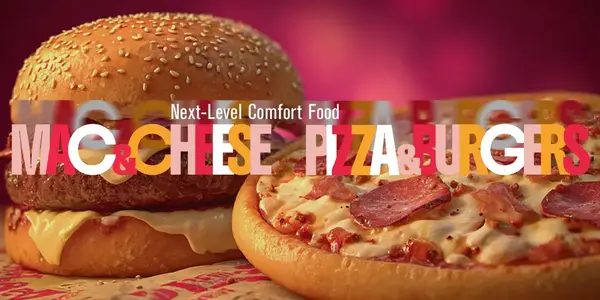
Discover modern comfort food trends. From truffle mac and cheese to artisanal pizza toppings and elevated burgers, learn how to attract Gen Z diners.
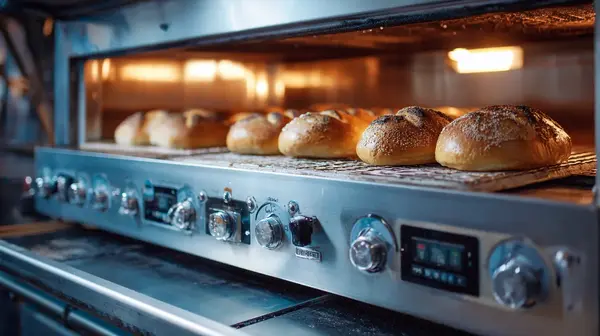
Discover the best artisan food production equipment for chocolate, bread, and cheese. Explore small-scale commercial food production line equipment, chocolate tempering machines, artisan bakery tools, and more.
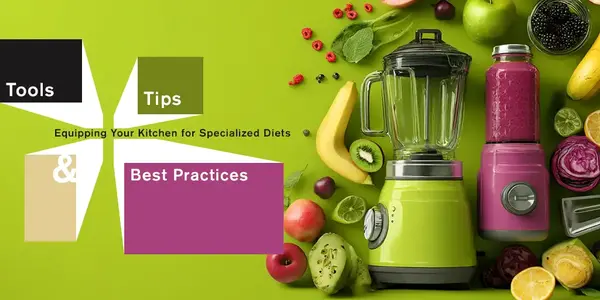
Discover essential allergen-free and gluten-free kitchen equipment, tips, and best practices to safely prepare specialized diet meals.

Eatertainment is redefining dining. Explore live shows, AR, VR, and movie theatre restaurants that captivate Gen Z with food and entertainment.


